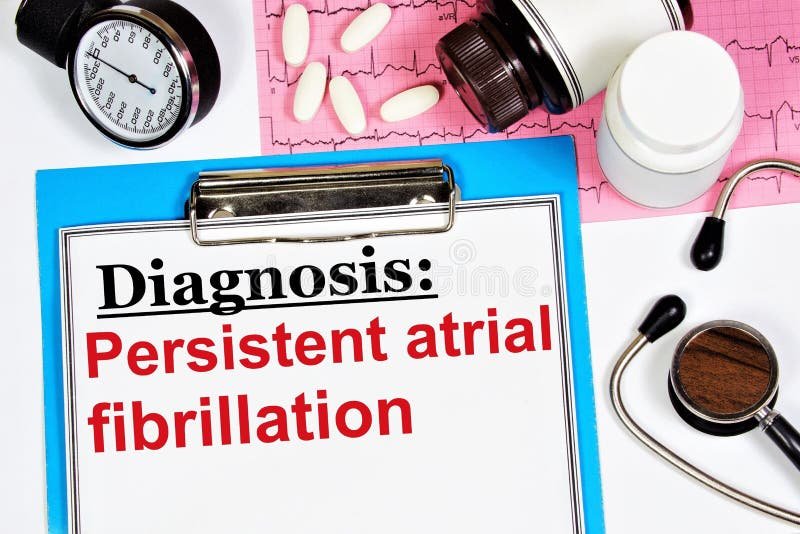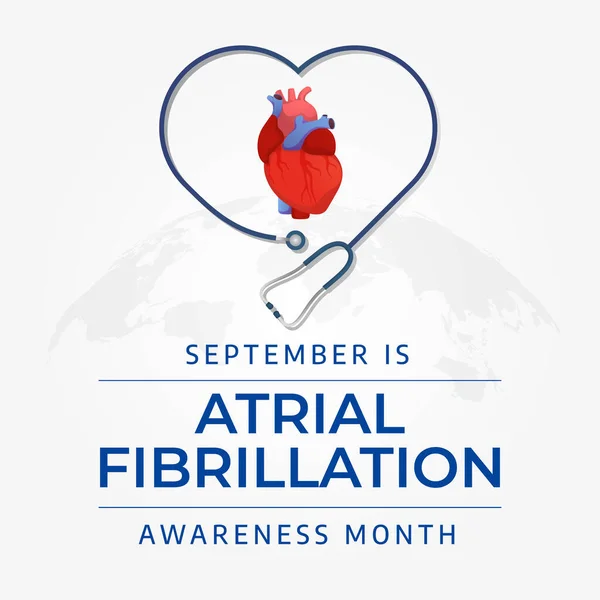Your smartwatch might be smarter than you think — here’s what it can (and can’t) tell you about your heart rhythm.

From Step Counters to Heart Check-Ups on Your Wrist
Not so long ago, a watch’s biggest job was telling the time. Then came step counters, sleep trackers, and reminders to stand up and move. Fast forward to today, and that little device on your wrist can monitor your heart rhythm, track your blood oxygen levels, and even alert you to potential health concerns.
One of the most talked-about features in modern smartwatches is the ability to detect atrial fibrillation, or AFib — a common irregular heart rhythm that can be harmless for some but dangerous for others. The idea that a watch could catch this early, even before symptoms appear, is exciting. But is it really possible? And if so, how much can you trust it?
Let’s dive in.
AFib in a Nutshell

Imagine your heart as a perfectly choreographed dance — each beat timed just right to keep blood flowing smoothly. In AFib, that rhythm is disrupted. The upper chambers of your heart (the atria) start moving in a fast, irregular way, sending mixed signals to the lower chambers (the ventricles). The result? The heart’s pumping becomes less efficient.
Sometimes AFib announces itself with noticeable symptoms:
- Fluttering or pounding in your chest
- Shortness of breath
- Feeling unusually tired
- Dizziness or lightheadedness
But here’s the tricky part: many people don’t feel a thing. They might have AFib for months or even years without knowing it. That’s why it’s sometimes called the “silent rhythm problem.” Even without symptoms, AFib can raise the risk of blood clots, stroke, and long-term strain on the heart.
How Your Watch Tries to Spot AFib
Most AFib-capable smartwatches use two main tools:
- Light sensors (PPG)
Your watch shines harmless light into your skin to measure changes in blood flow with each heartbeat. If your heartbeat is irregular, the light pattern changes — and the watch’s algorithm flags it. - On-demand ECG
Some watches let you take a quick electrocardiogram (ECG) by touching the watch with your other hand. It’s like taking a snapshot of your heart’s electrical activity in that moment.
If enough irregular patterns are detected, your watch may display a message suggesting you might have AFib. But that’s all it can do — it’s a warning, not a diagnosis. A proper heart check by a specialist is still the only way to know for sure.
What the Science Says
Large studies have put these watches to the test. In some, they successfully spotted possible AFib in people who had no idea they had a heart rhythm problem. In others, they missed short or occasional episodes — which is understandable, since the watch isn’t recording all the time.
The bottom line from research so far:
- Smartwatches are pretty good at spotting AFib, especially if you use both the light sensor and ECG features.
They’re not perfect — false alarms happen, and some episodes can be missed.
They work best as an early warning tool, not a replacement for professional care.
Why This Can Be a Game-Changer
Before wearables, detecting AFib often meant waiting until symptoms happened during a clinic visit, or wearing a heart monitor for days or weeks. Now, you can check your rhythm at home, at work, or while out for a walk.
For people who feel fine but have silent AFib, this can make all the difference. Your watch could be the first to whisper, “Hey, something’s not right here,” giving you the chance to act before bigger problems develop.
How AFib Can Affect Your Health Over Time
AFib isn’t always dangerous in the moment — you could be sitting on the couch and feel completely fine — but it can have serious effects over time if left untreated:
- Increased risk of stroke
The irregular beating can allow blood to pool in the heart, which can form clots. If a clot travels to the brain, it can cause a stroke. - Heart muscle strain
Beating out of rhythm for long periods makes your heart work harder. Over time, this can weaken it, leading to heart failure. - Reduced quality of life
Even if AFib doesn’t cause a medical emergency right away, it can cause fatigue, limit activity, and lead to ongoing anxiety about your health.
That’s why knowing about it sooner rather than later is so valuable. And that’s where your watch might come in.
The Flip Side
Of course, technology has its downsides:
- False alarms
Sometimes your watch might think you have AFib when you don’t. This can lead to extra tests — and extra worry. - False reassurance
If your watch says “all clear,” that doesn’t guarantee your heart is fine. It might just mean nothing unusual was detected at that moment. - Not one-size-fits-all
Movement, loose straps, tattoos, and skin tone can all affect readings.
How to Get the Most Accurate Readings
If you want your watch to be as helpful as possible, a few small habits can make a big difference:
- Wear it snugly but comfortably
Too loose, and the sensors may not pick up your pulse well. Too tight, and it can be uncomfortable and still affect readings. - Stay still during a reading
Movement can confuse the sensors. For an ECG, sit quietly with your arm relaxed. - Clean the sensors
Sweat, lotion, or dirt on the back of the watch can interfere with accuracy. - Know when to check
If you feel fluttering, shortness of breath, or sudden fatigue, that’s a good time to take an on-demand ECG.
These tips don’t guarantee perfect accuracy, but they help your watch work at its best.
So, What Should You Do If Your Watch Flags Something?
If your watch says you might have AFib, it’s not the end of the world — but it’s not something to ignore, either. The safest next step is to take that information to a heart specialist. They can run proper tests to confirm what’s going on.
Even if you don’t get an alert, but you notice ongoing palpitations, dizziness, or unusual tiredness, it’s worth booking a check-up. Think of it as giving yourself peace of mind — and possibly preventing future problems.
The Future of Wearable Heart Tech
Smartwatches are still evolving. Future models may be able to track heart rhythms continuously with greater accuracy, detect more types of irregular beats, and even link directly to your healthcare provider’s system.
While we’re not there yet, the progress so far is already remarkable. Just a decade ago, the idea of a watch quietly monitoring for a potentially serious heart condition would have sounded like science fiction.
The Bottom Line
Yes — your watch really can help spot possible AFib. It’s not a doctor, but it can be a useful partner in keeping an eye on your heart. Think of it as a lookout — someone who’s always paying attention and can tap you on the shoulder if something seems unusual.
If you get that tap, don’t panic. Instead, take it as your cue to get checked by someone who knows your heart inside and out. The earlier you know, the more options you have to keep your heart healthy for years to come.
References
- Perez MV, Mahaffey KW, Hedlin H, et al. Large-Scale Assessment of a Smartwatch to Identify Atrial Fibrillation. N Engl J Med. 2019;381:1909–1917.
- Guo Y, Wang H, Zhang H, et al. Mobile Photoplethysmographic Technology to Detect Atrial Fibrillation. J Am Coll Cardiol. 2019;74(19):2365–2375.
- Steinhubl SR, Waalen J, Edwards AM, et al. Effect of a Home-Based Wearable Continuous ECG Monitoring Patch on Detection of Undiagnosed Atrial Fibrillation. JAMA. 2018;320(2):146–155.
Disclaimer
This article is for educational purposes only and is not a substitute for professional medical advice, diagnosis, or treatment. Always seek the opinion of a qualified health provider if you have concerns about your heart or think you may have a heart condition.









